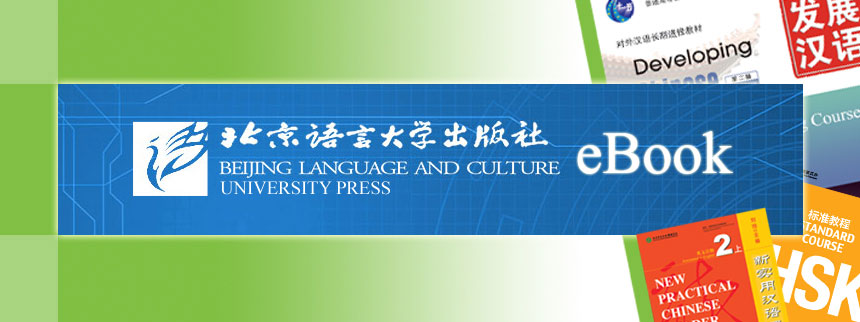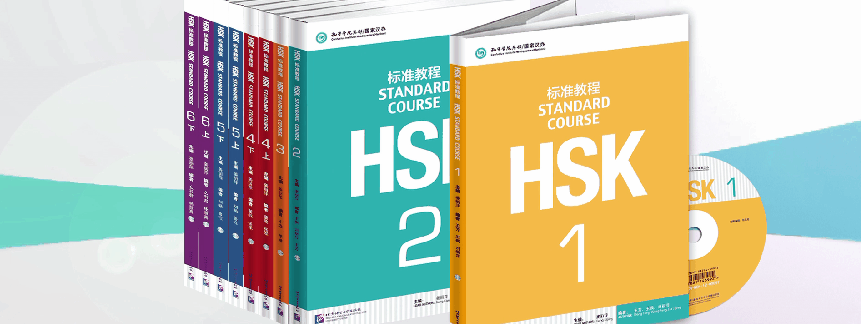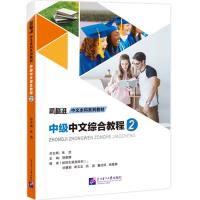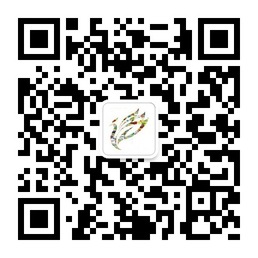Online Bookstore
Intermediate Chinese Comprehensive Course Ⅱ
Author:Zhang Hao
- Medium:Books
- ISBN: 9787561966778
- Page Count: 253
- Size:
- Pub Date:2024-11
- The book weight: 500 g
- Annotation Language:English
- Course:Comprehensive
- Target Audience(Age):College ,Adults
- Target Audience(Language):Intermediate
- Subject Zone: New Standard Chinese Undergraduate Series
- Price:
-
Category: Textbooks >Study in China >Long-Term
Textbooks >Study in China >Degree Education
More














